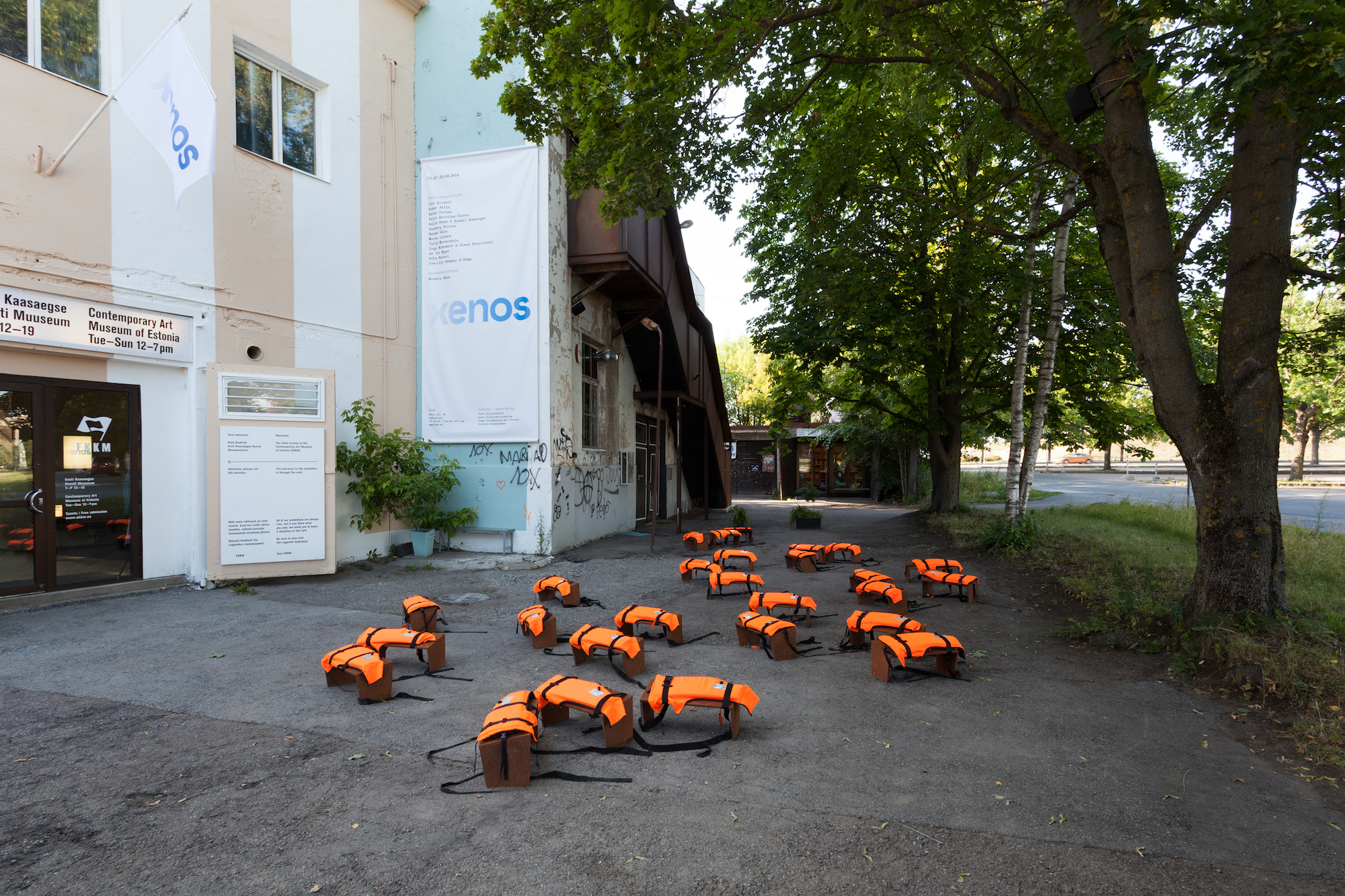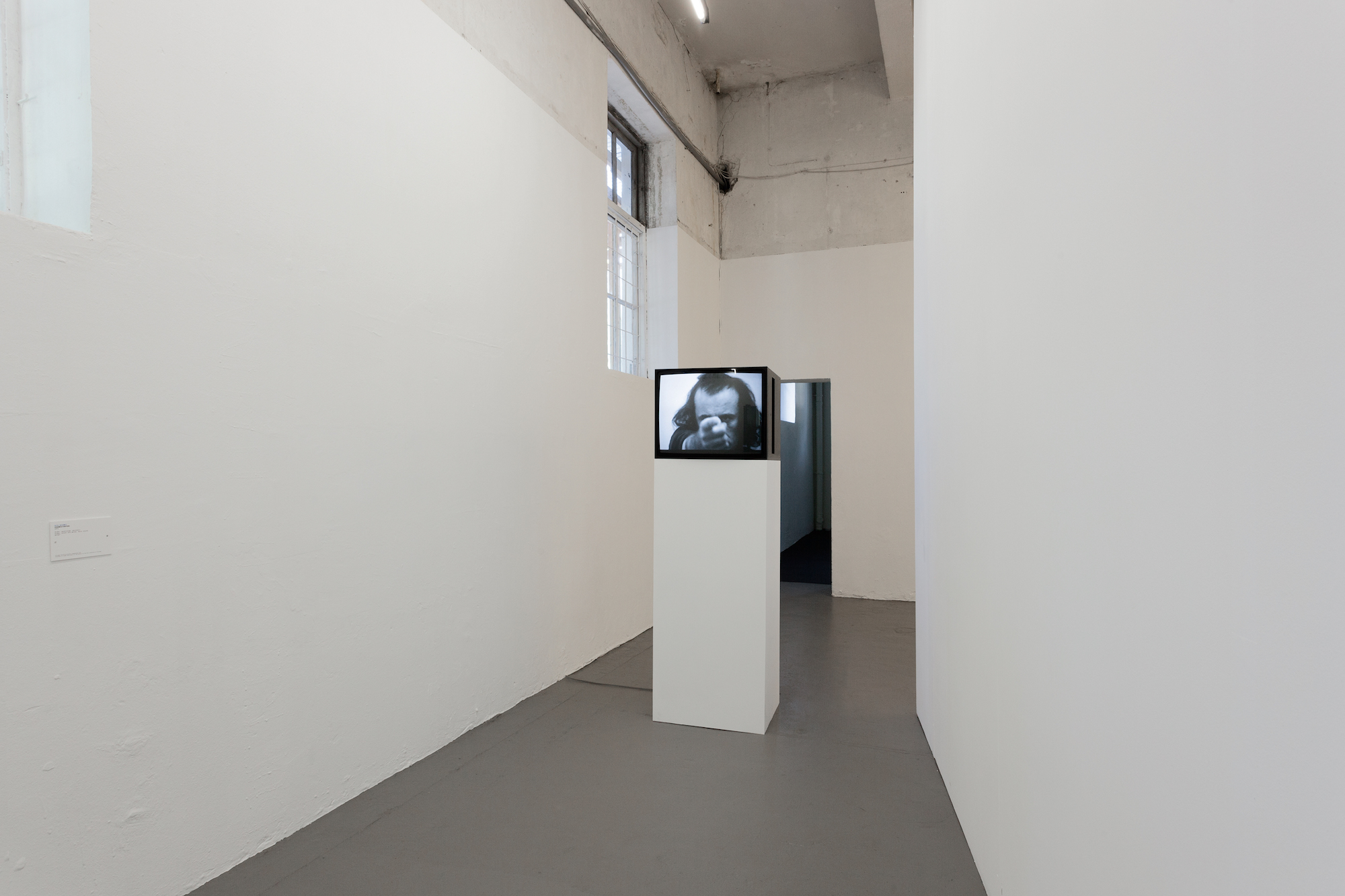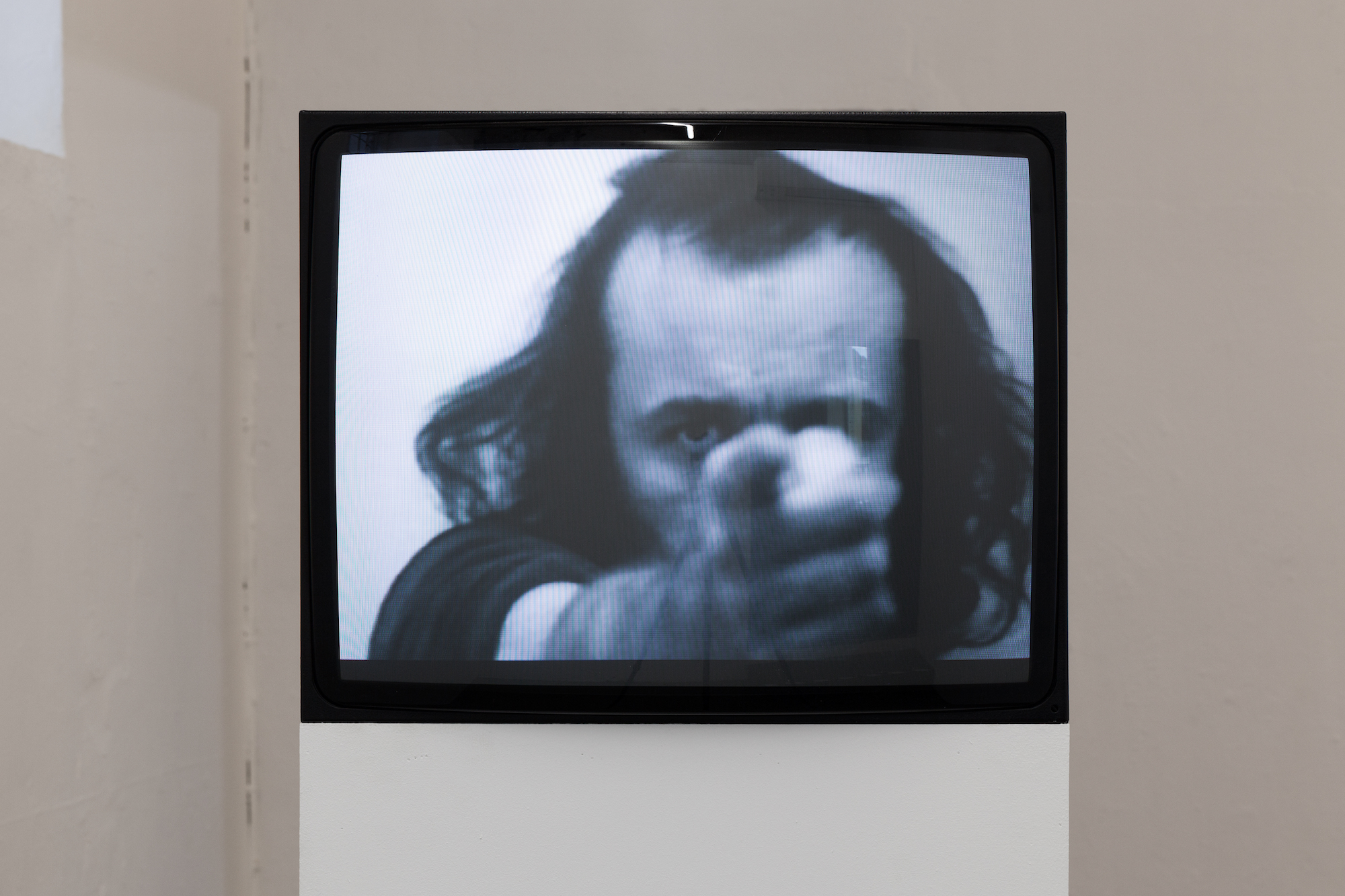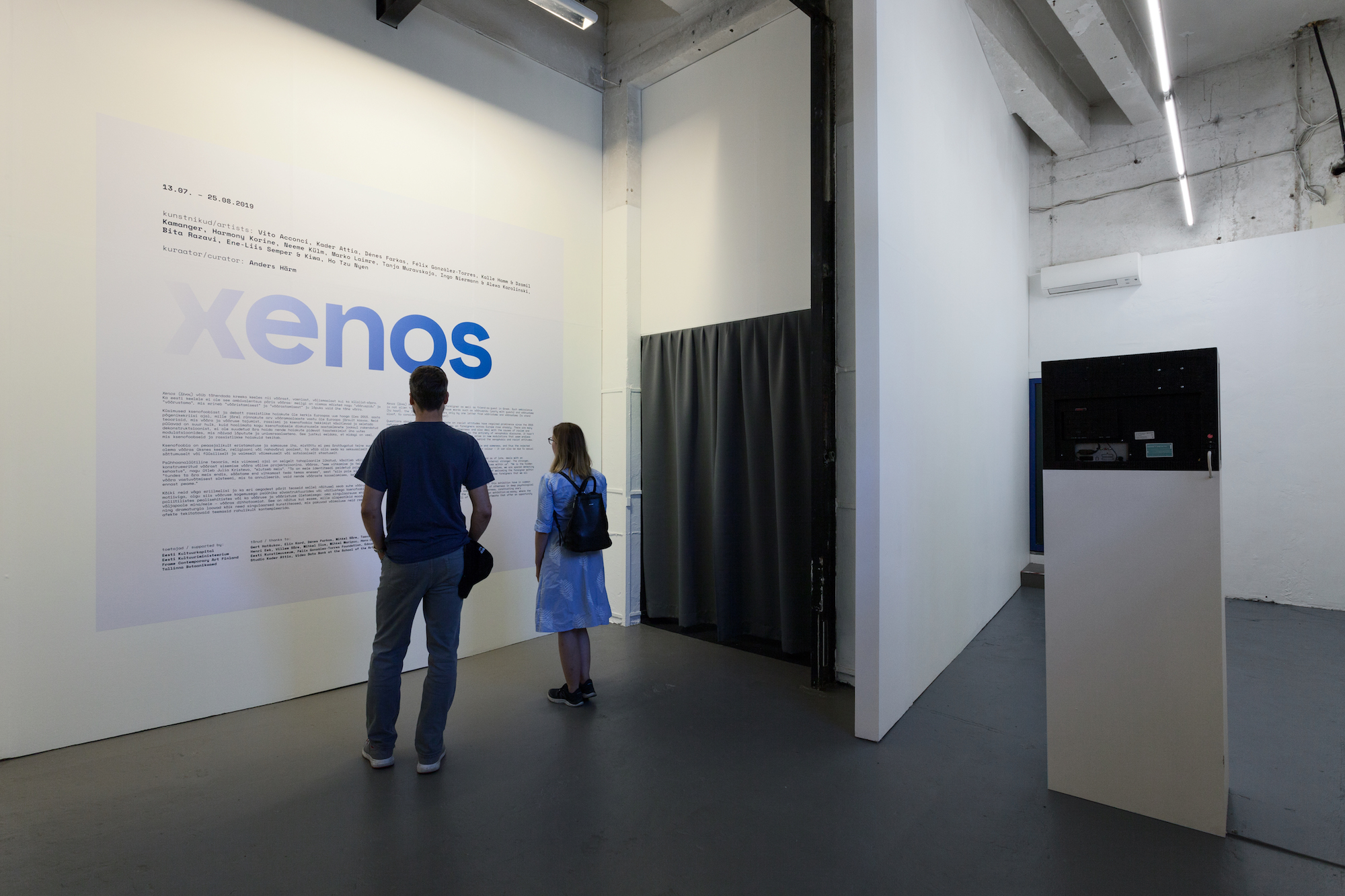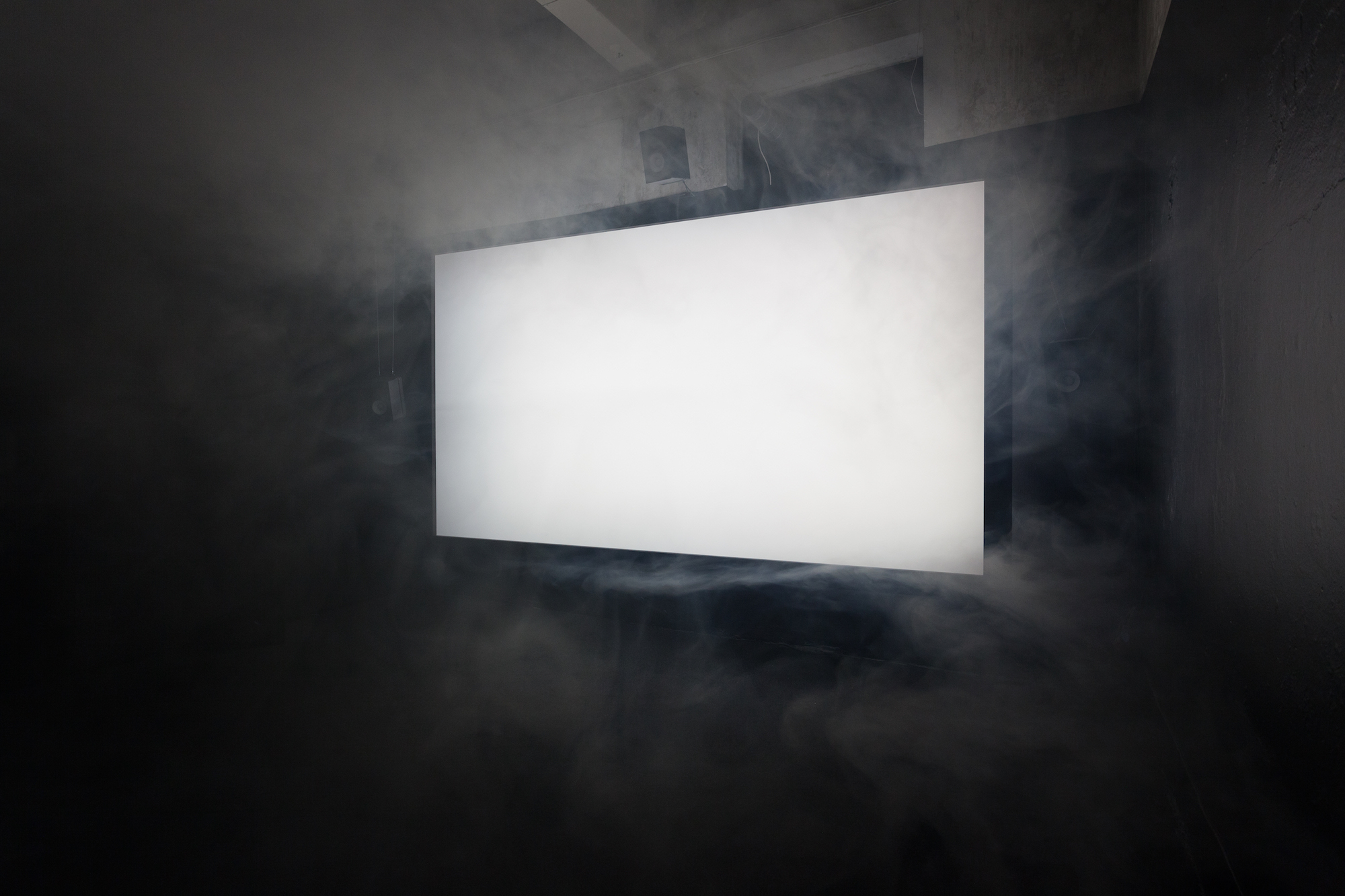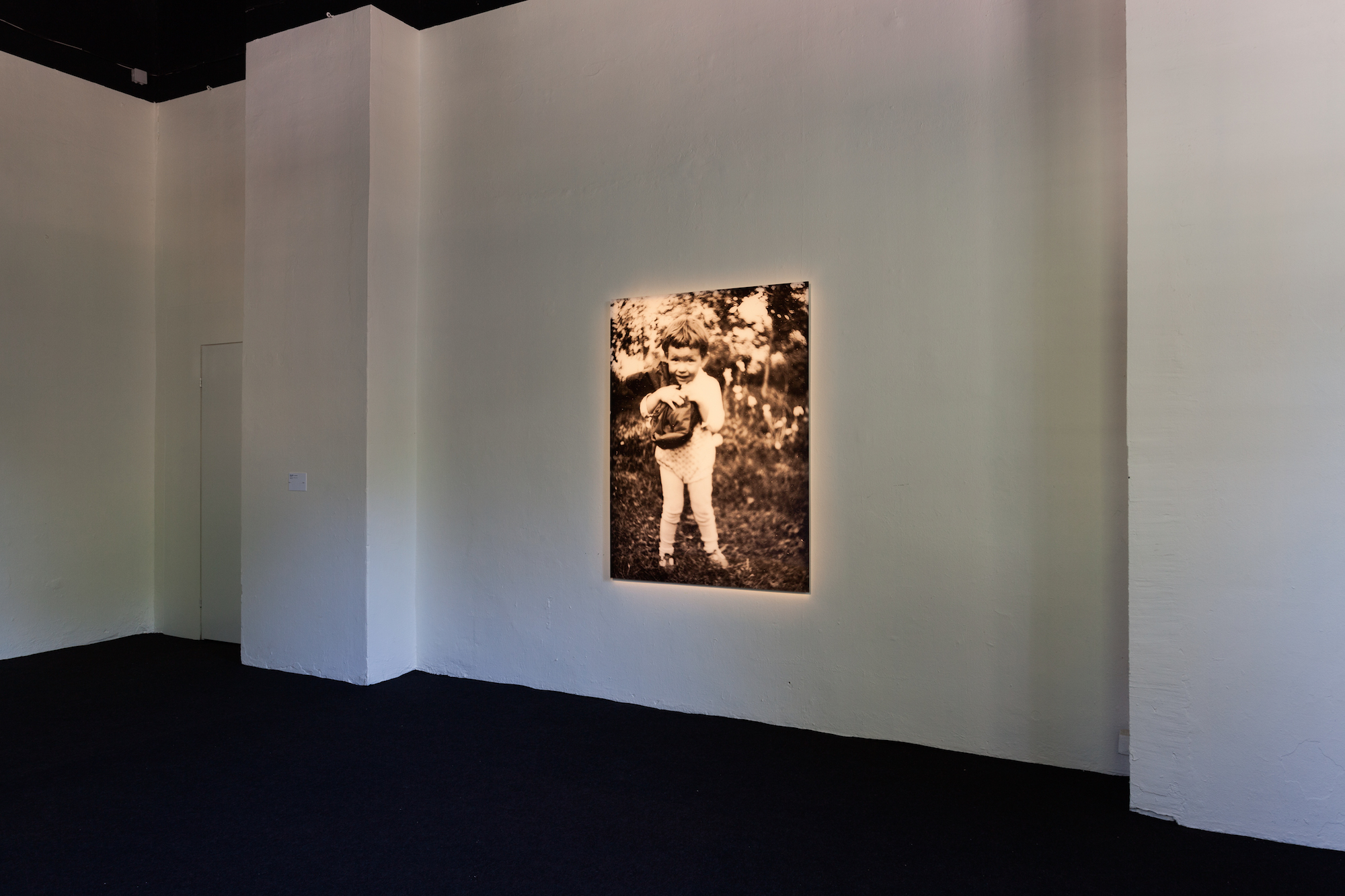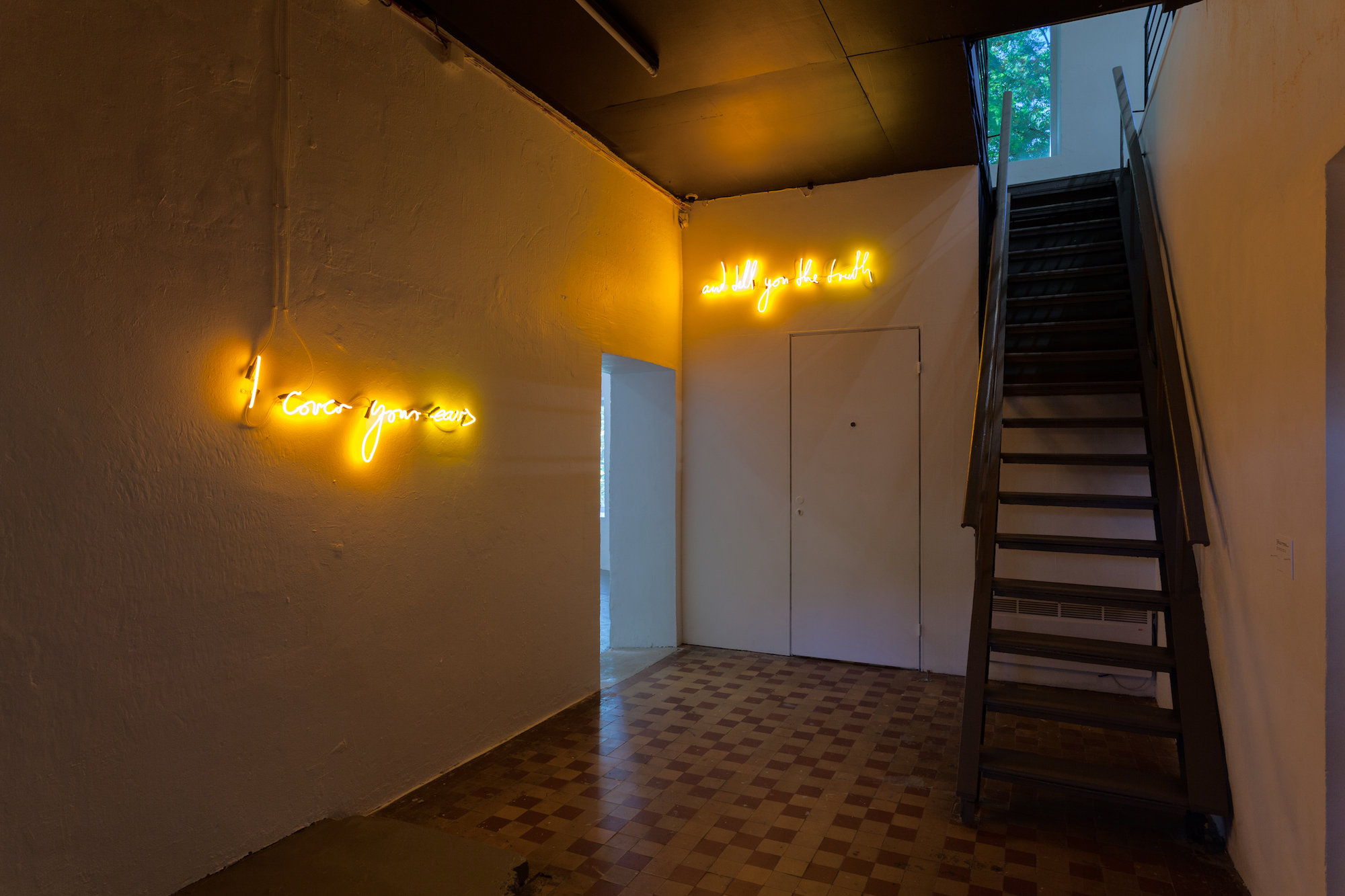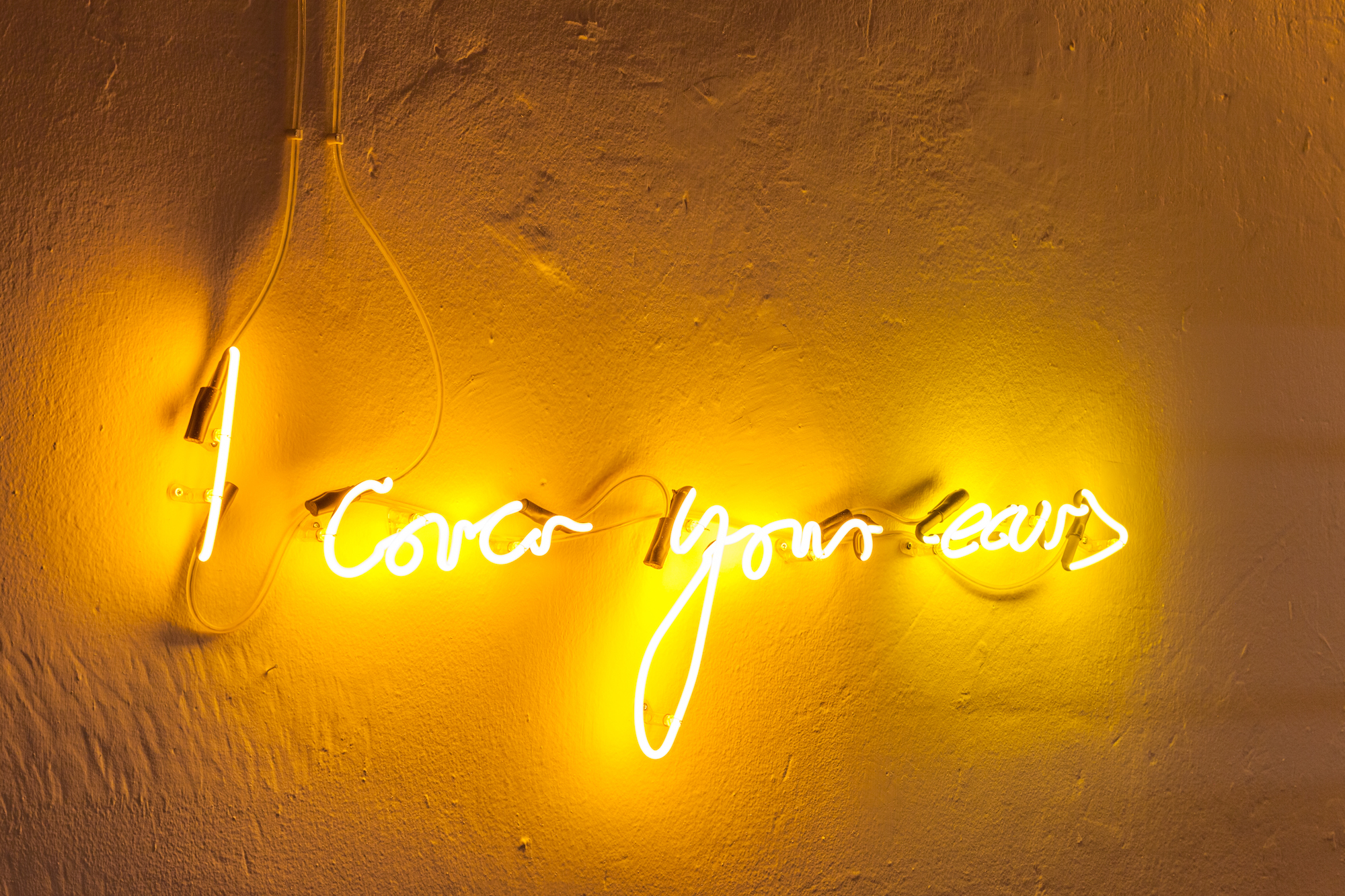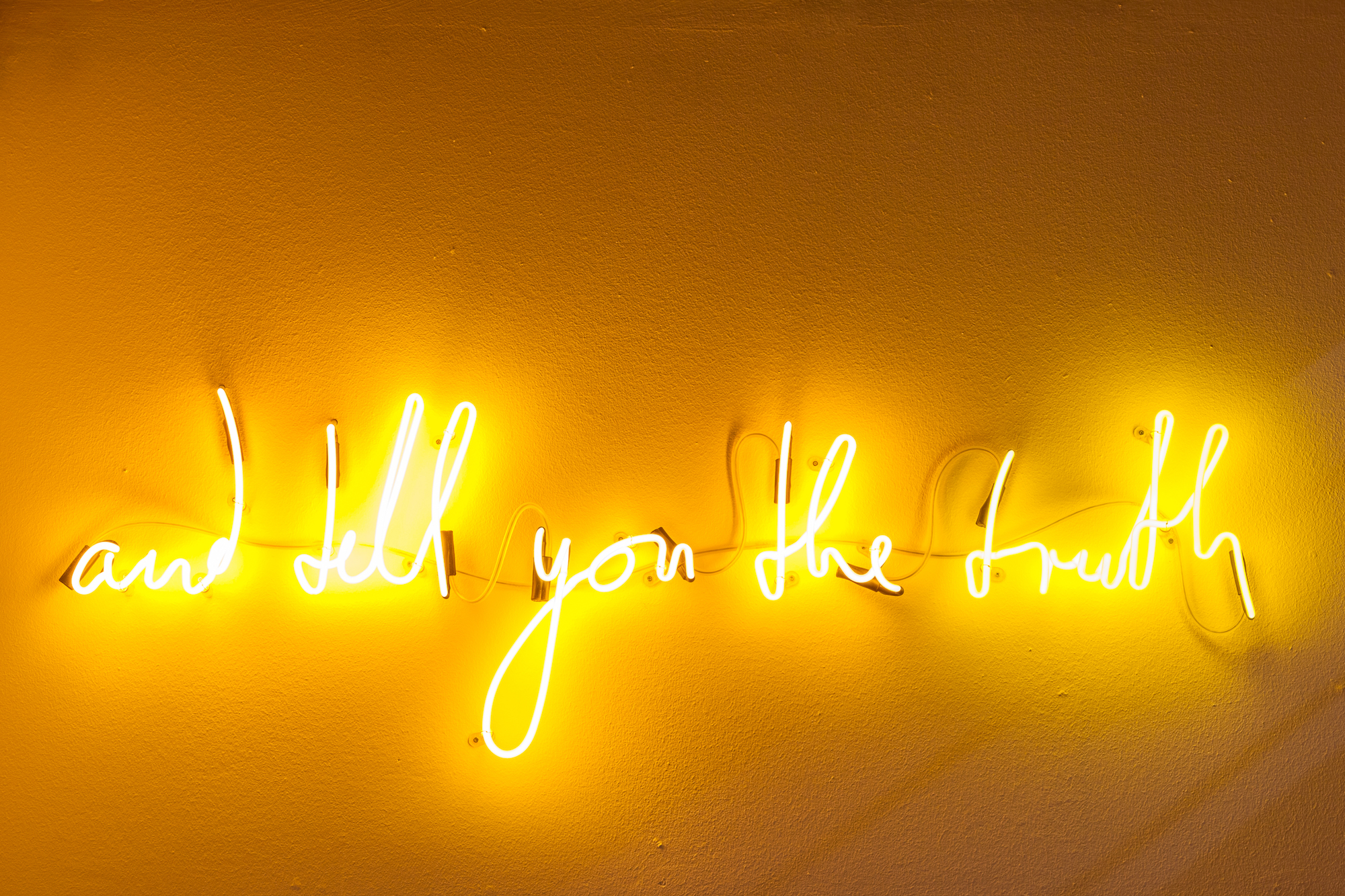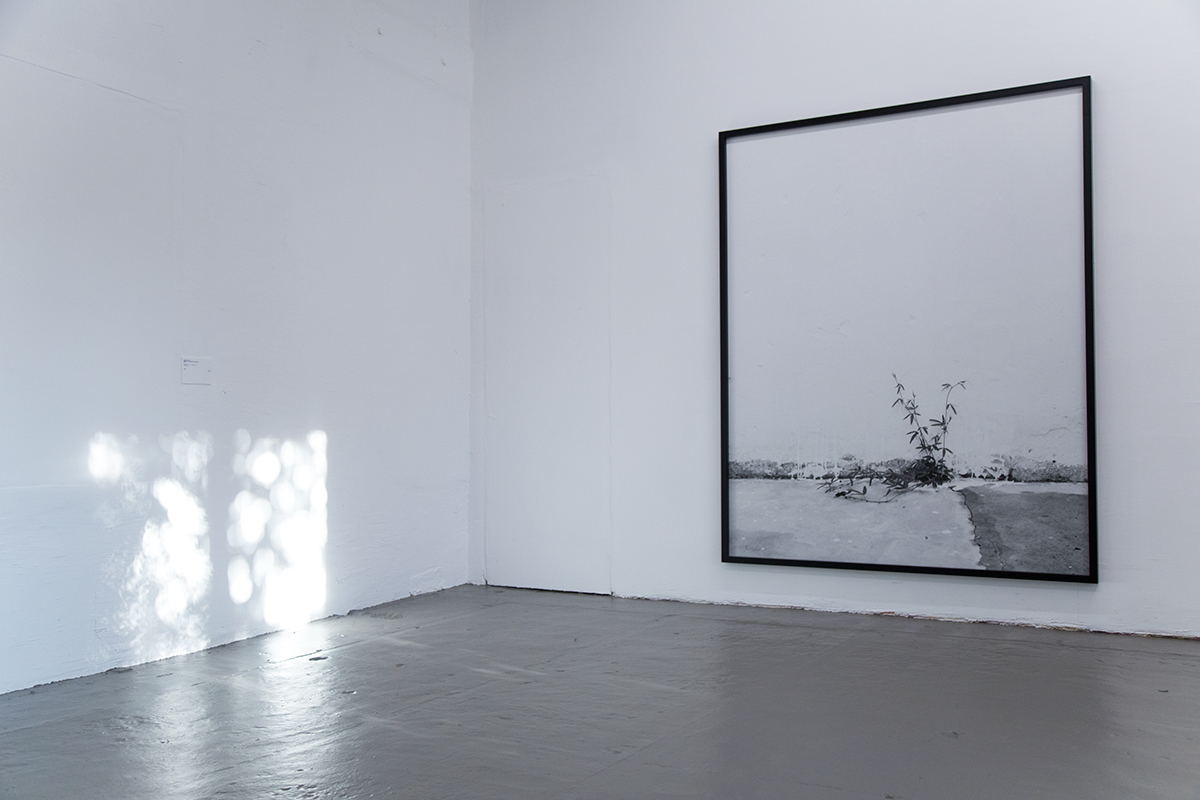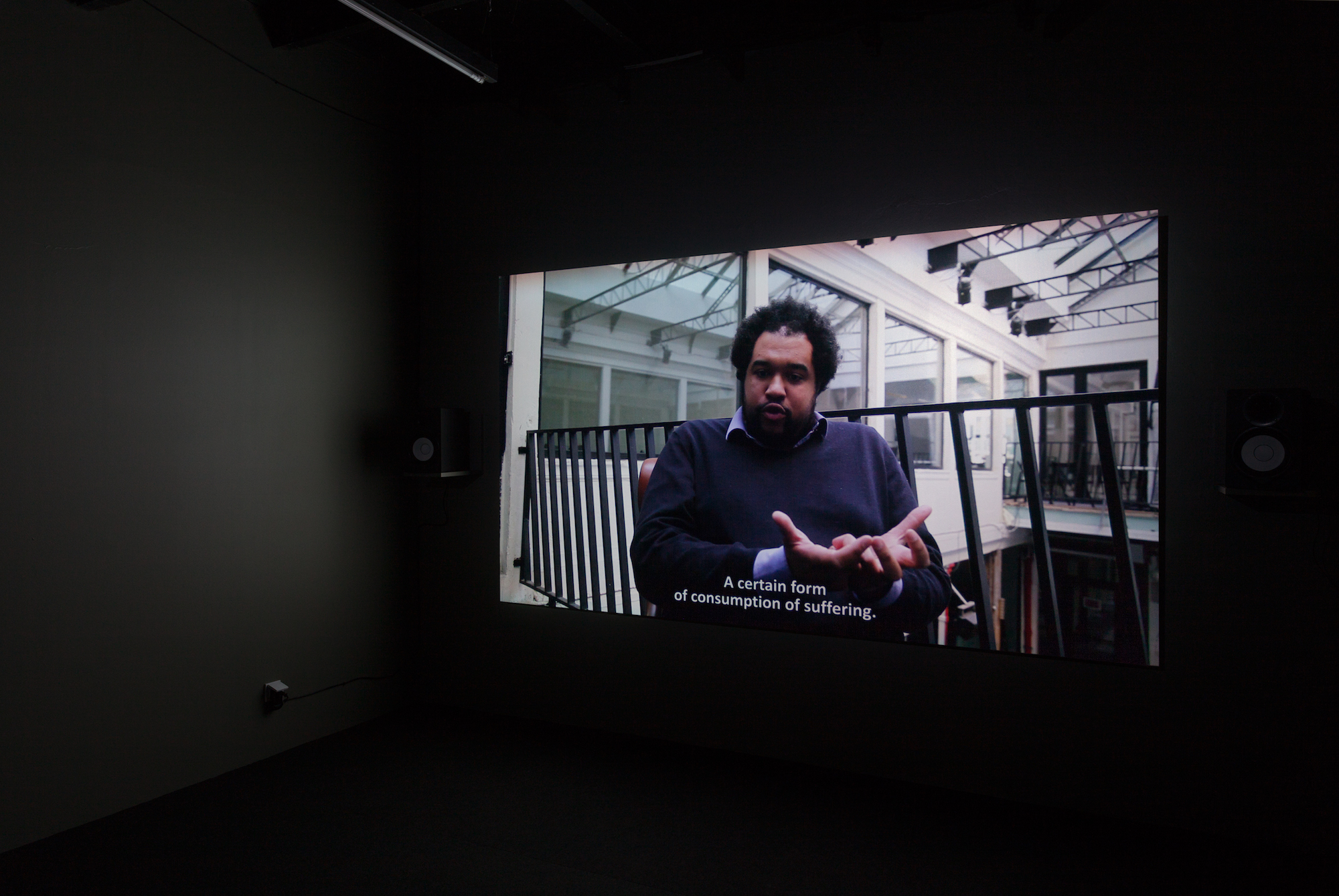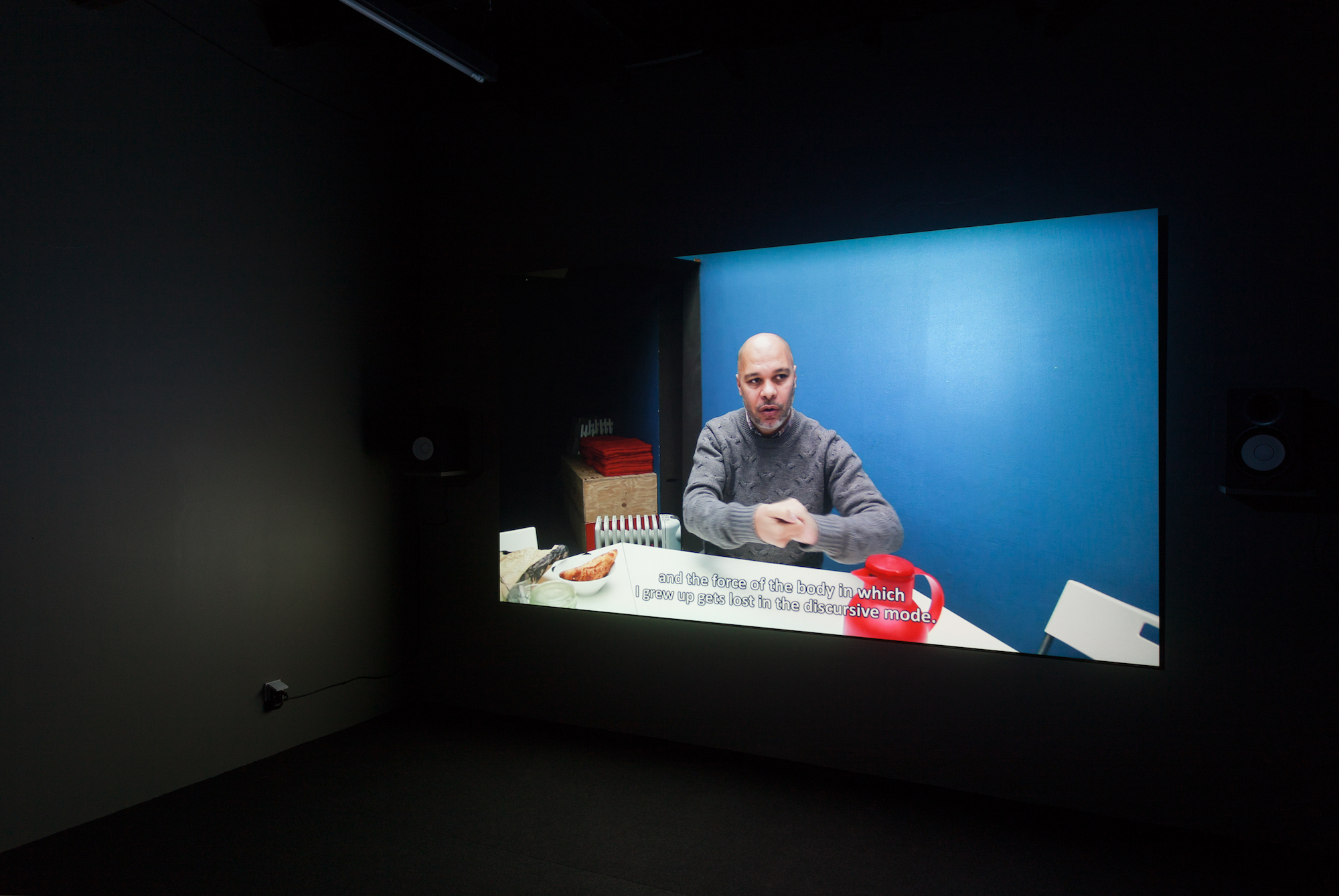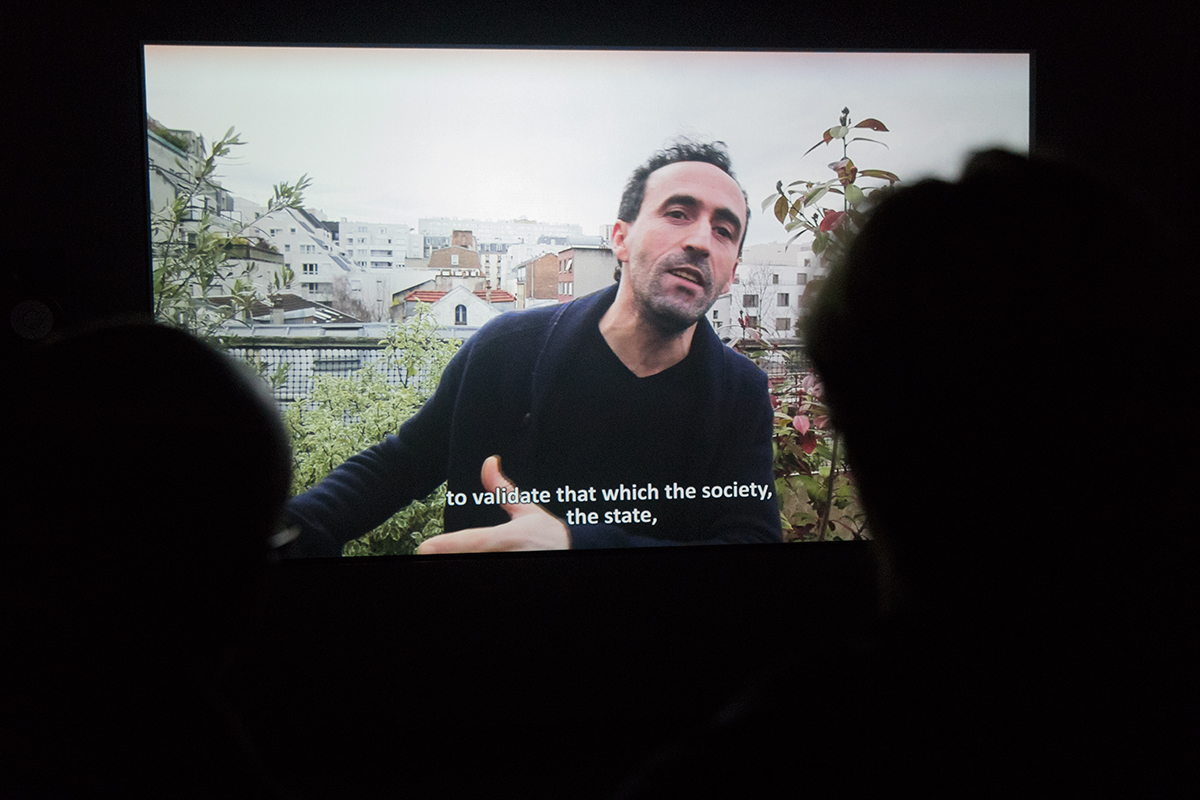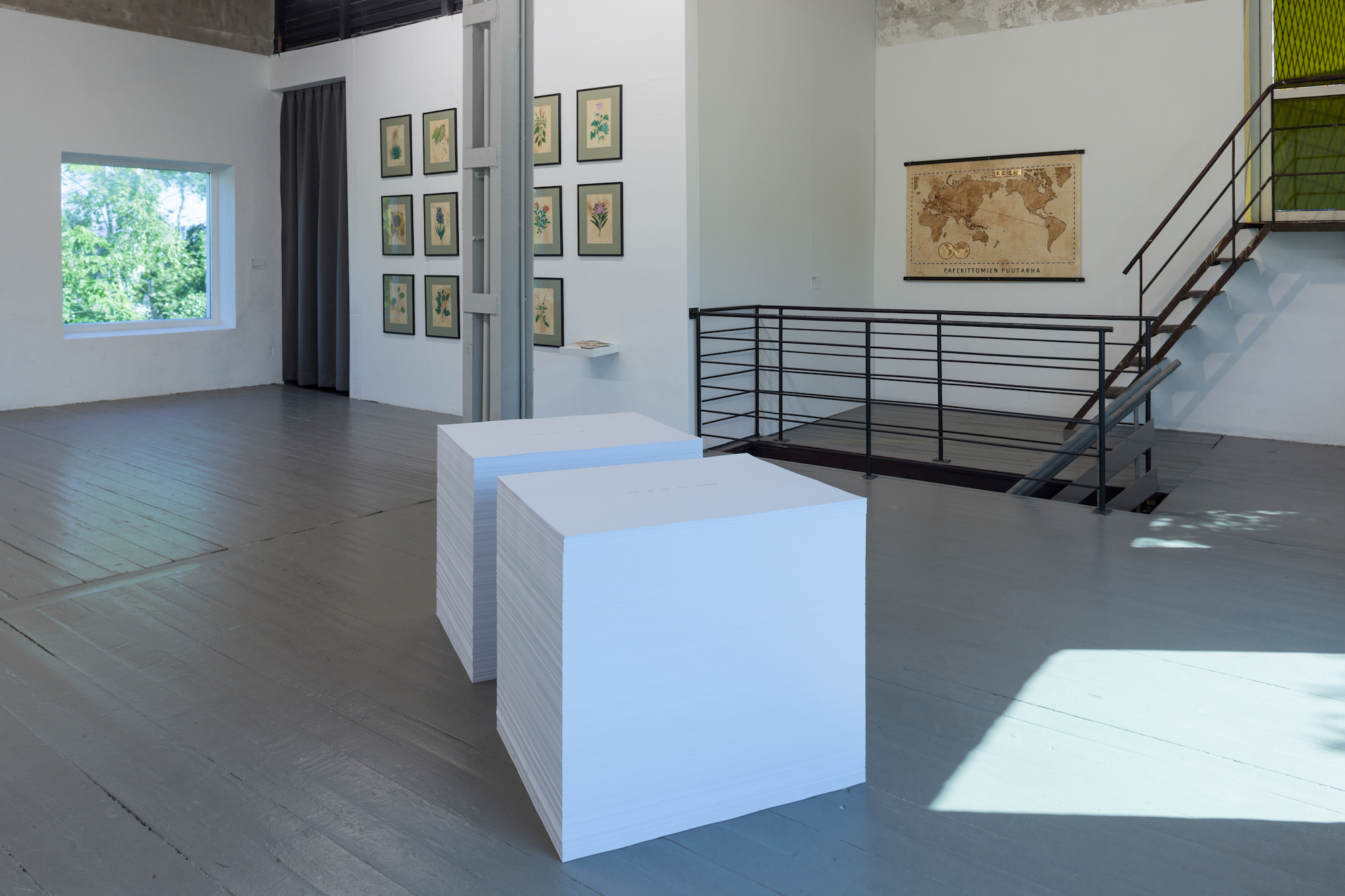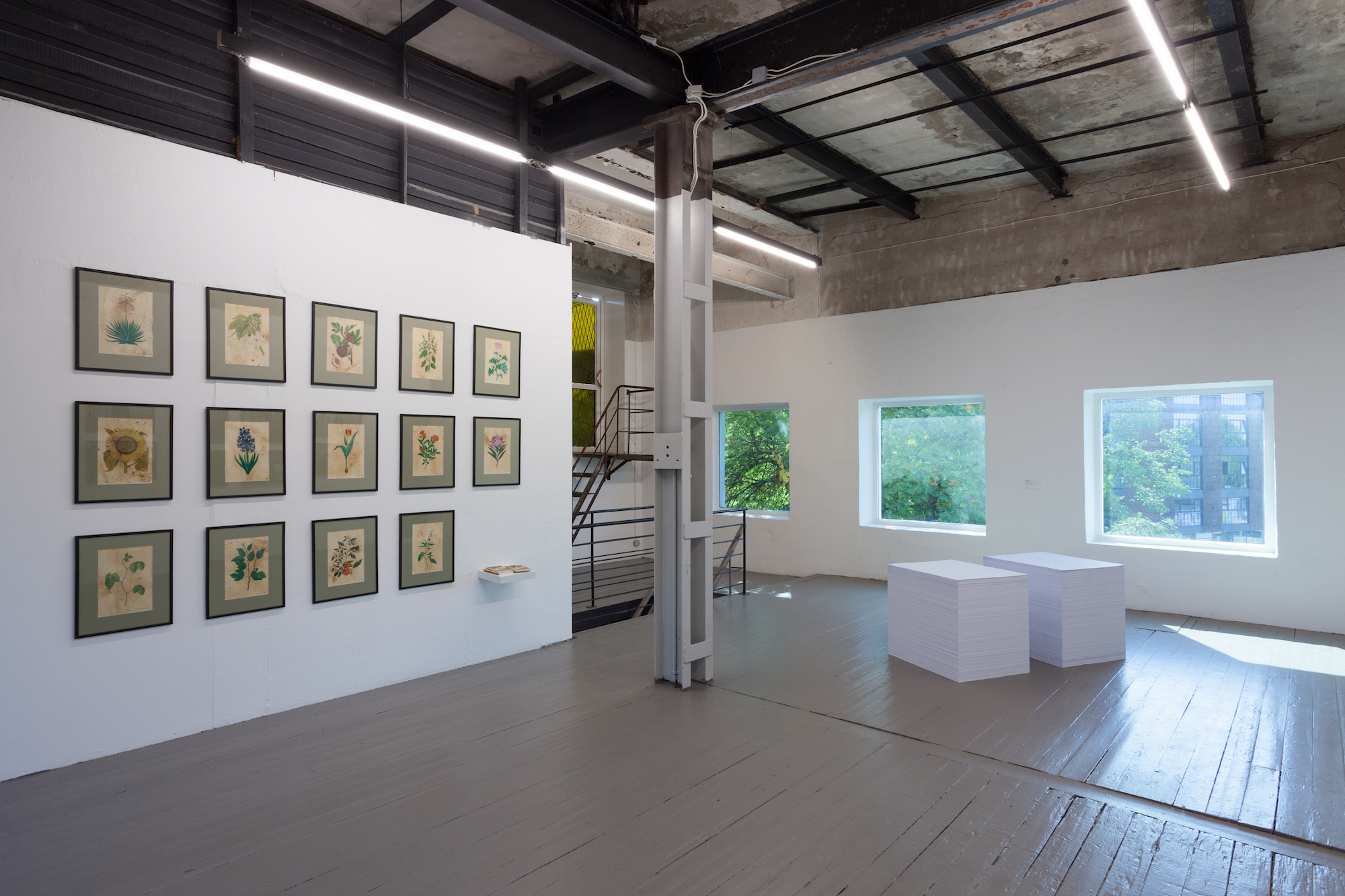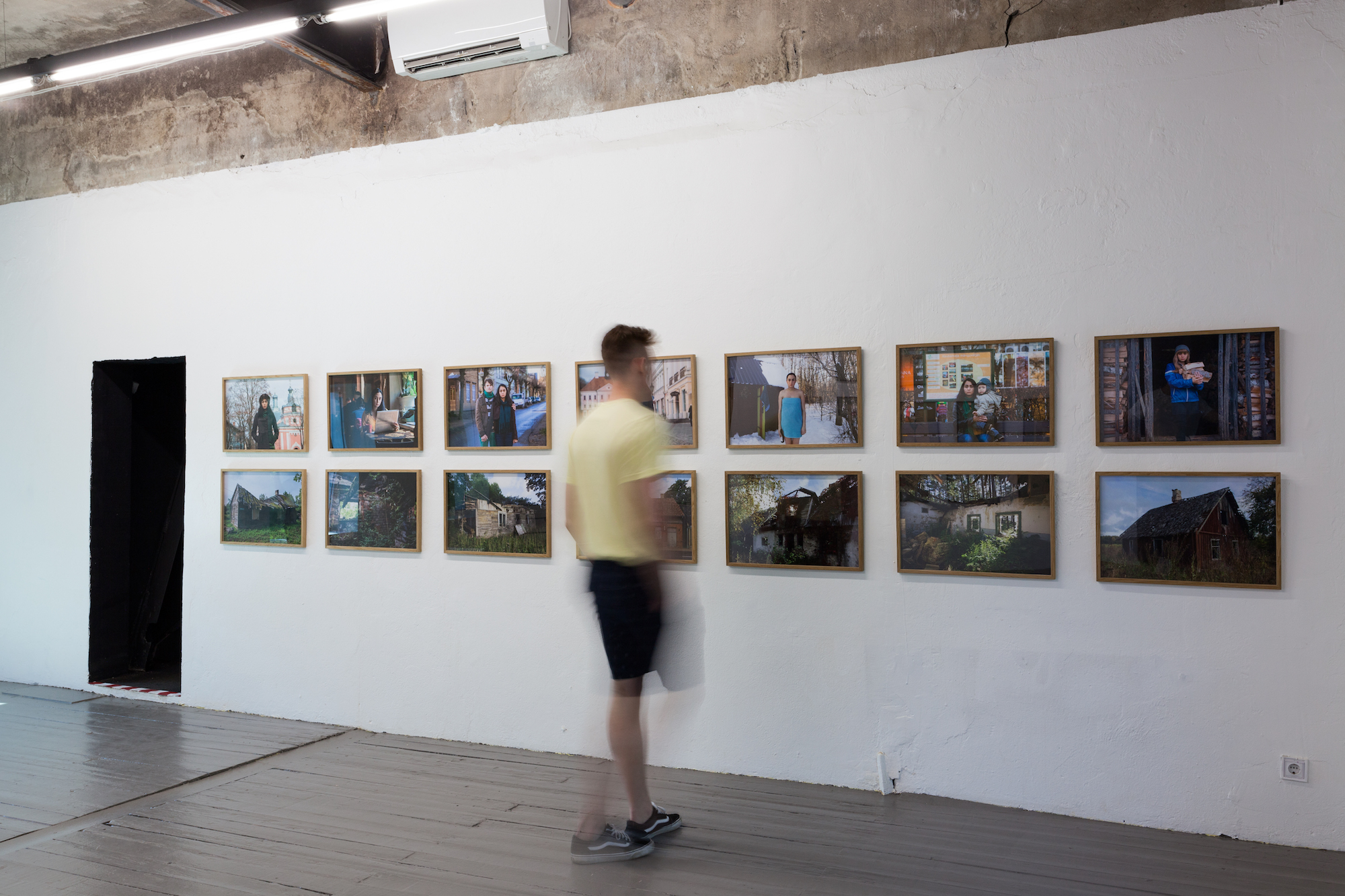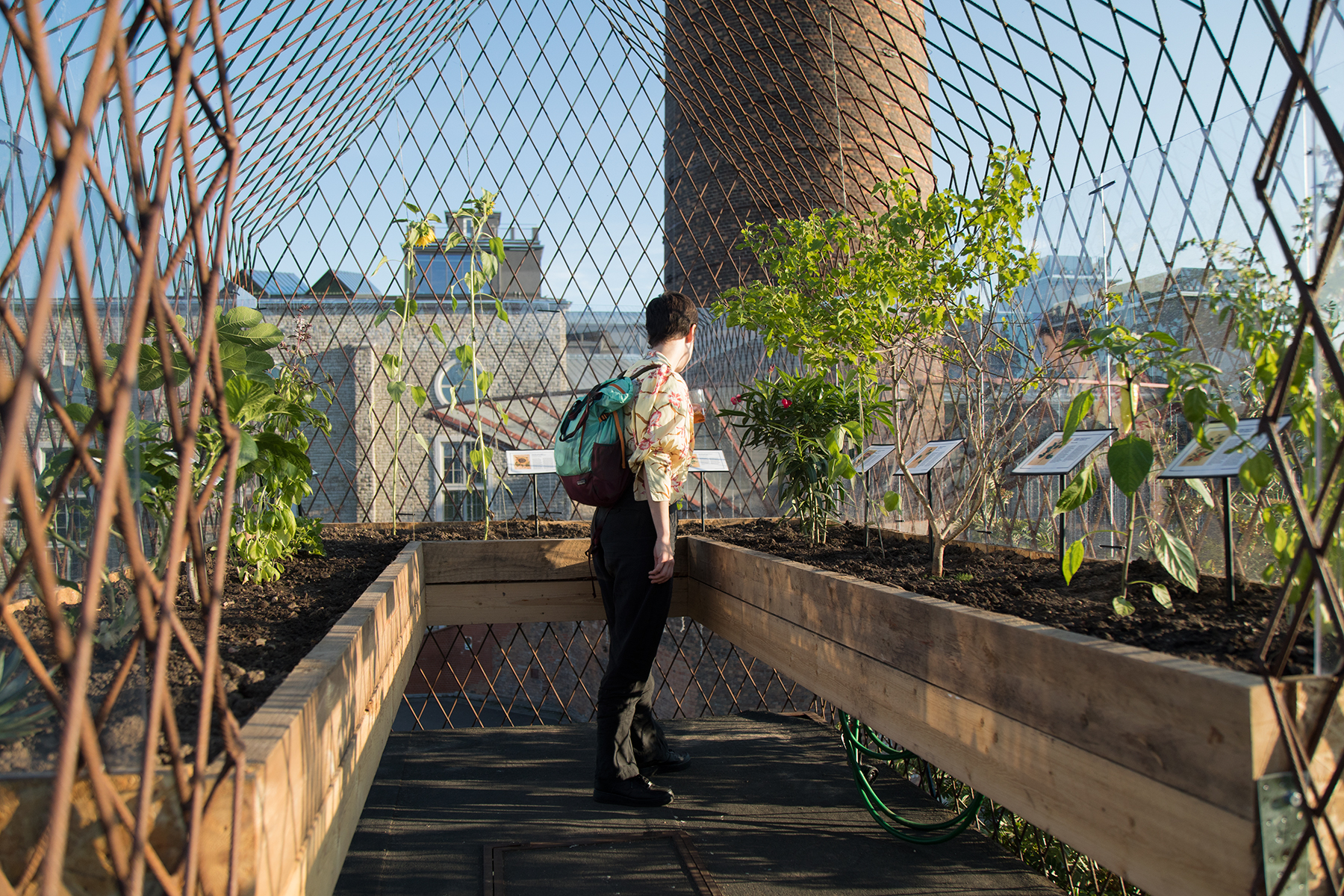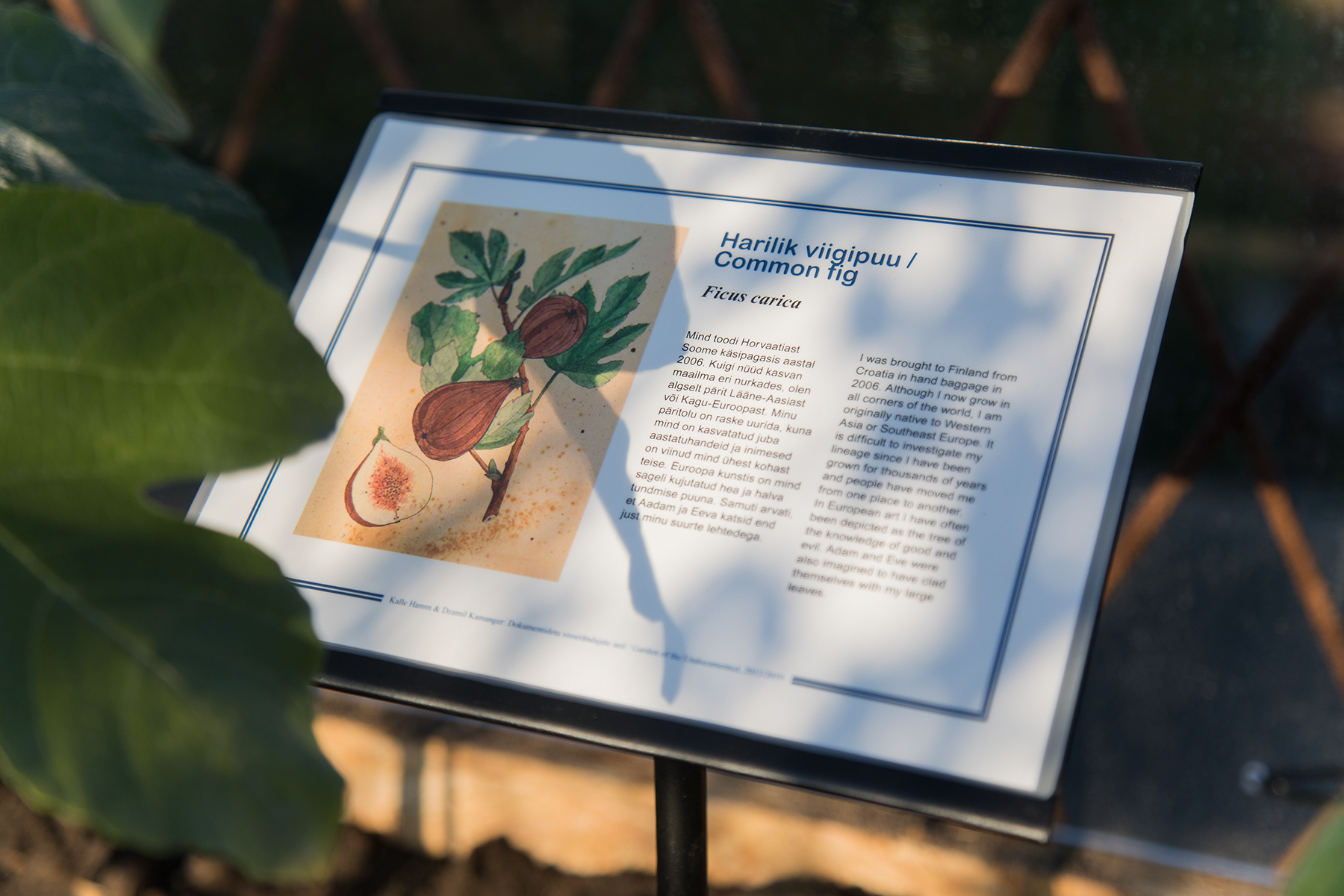Artists
Curator
Opening will take place on July 12, at 6pm.
The opening is preceded by a screening of the film Earth by Ho Tzu Nyen (2011) at the Sõprus Cinema at 4.30 pm.
What all of these very diverse works coming from different ages at this exhibition have in common is their link to the motif of xenos, whether it is the experience of otherness in deep psychological structures or political superstructures, or the overcoming of otherness, constructing one’s singularity outside the dichotomy of me/us vs. the other. This is an exhibition-as-essay, the subchapters and dramatic arc composed by all of these marvelous artworks, which hopefully provide an opportunity to calmly contemplate these often affect-laden issues.
Xenos (ξένος) means stranger, enemy, foreigner as well as friend-as-guest in Greek. Similarly, such ambivalence is not alien to Estonian either: we have words such as võõruspidu (party with guests) and võõrustama (to host), the latter of which differs only by one letter from võõristama and võõrastama (to stand aloof, to consider someone a stranger).
Questions about xenophobia and a debate on racist attitudes have regained prominence since the 2015 refugee crisis when public anger against foreigners across Europe rose sharply. There are many theories that try to explain the other and otherness and also deal with the causes of racism and xenophobia, but in spite of deconstruction applied to the entirety of xenophobic discourse, it hasn’t been possible to prevent such views from continuing to arise in new modulations that seem endless and universal. This would suggest that something else is behind the xenophobic and racist attitudes.
This exhibition takes psychoanalysis as its theoretical basis, which deals with an externally constructed stranger as the external projection of an internal stranger but has been relegated to the background as of late. The stranger, “the image of hatred and of the other,” as Julia Kristeva says, “lives within us”. “He is the hidden face of our identity,” she argues, and, “by recognising him within ourselves, we are spared detesting him in himself” because “the question arises again: no longer that of welcoming the foreigner within a system that obliterates him but of promoting the togetherness of those foreigners that we all recognise ourselves to be”.
The exhibition is accompanied by a booklet containing the curator’s introductory essay and short texts on all the artworks displayed at the exhibition. In addition to the screening of Ho Tzu Nyen’s film, Ingo Niermann and Krõõt Juurak will make an “army of love” performance and recruitment action in the form of a lecture at the EKKM’s café on August 24 at 5 pm.
Press release by Anders Härm
Exhibition team: Marten Esko, Johannes Säre, Laura Toots, Dénes Farkas, Mihkel Säre, Taavi Suisalu, Alver Linnamägi, Henri Eek, Villem Säre, Mihkel Maripuu, Mihkel Ilus, Hans-Otto Ojaste
Graphic design: Martin Pedanik
Supported by: Eesti Kultuurkapital, Eesti Kultuuriministeerium, Frame Contemporary Art Finland, Tallinna Botaanikaaed
Thanks to: Gert Hatšukov, Tarmo Johannes, Elin Kard, Ott Kagovere, LVLup!, Aleksander Meresaar, Estonian Art Museum, Edouard Malingue Gallery, Felix Gonzalez-Torres Foundation, Pro Marine Trade OÜ, Studio Kader Attia, Video Data Bank at the School of the Art Institute of Chicago
Anders Härm is a curator, an art historian and an essayist living and working in Tallinn. He has worked at the Tallinn Art Hall as a curator from 2002-2012 and curated Estonian pavilion at the Venice biennial of architecture in 2000 and at the art biennial in 2003. He is one of the founders and the manager of EKKM from 2009-2015. From 2017 he is the lecturer of contemporary art and curating and the head of Curatorial Studies at the Estonian Academy of Arts.
